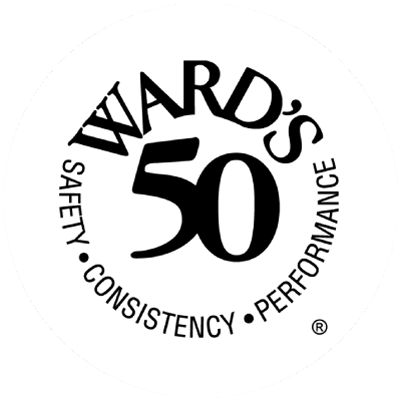Tornadoes are nature’s most violent storms. Spawned from powerful thunderstorms, tornadoes can cause fatalities and devastate a neighborhood in seconds. A tornado appears as a rotating, funnel-shaped cloud that extends from a thunderstorm to the ground with whirling winds that can reach 300 miles per hour. Damage paths can be in excess of one mile wide and 50 miles long. Every state is at some risk from this hazard. Some tornadoes are clearly visible, while rain or nearby low-hanging clouds obscure others. Occasionally, tornadoes develop so rapidly that little, if any, advance warning is possible. Before a tornado hits, the wind may die down and the air may become very still. A cloud of debris can mark the location of a tornado even if a funnel is not visible. Tornadoes generally occur near the trailing edge of a thunderstorm. It is not uncommon to see clear, sunlit skies behind a tornado.

Before the Tornado:
- To begin preparing, you should build an emergency kit and make a family communications plan.
- Listen to NOAA Weather Radio or to commercial radio or television newscasts for the latest information. In any emergency, always listen to the instructions given by local emergency management officials.
- Be alert to changing weather conditions. Look for approaching storms.
- Look for the following danger signs:
- Dark, often greenish sky
- Large hail
- A large, dark, low-lying cloud (particularly if rotating)
- Loud roar, similar to a freight train.
- If you see approaching storms or any of the danger signs, be prepared to take shelter immediately.
During a Tornado
If you are under a tornado warning, seek shelter immediately! Most injuries associated with high winds are from flying debris, so remember to protect your head.
| IF YOU ARE IN: | THEN: |
|---|---|
| A structure (e.g. residence, small building, school, nursing home, hospital, factory, shopping center, high-rise building) |
|
| A manufactured home or office |
|
| The outside with no shelter | If you are not in a sturdy building, there is no single research-based recommendation for what last-resort action to take because many factors can affect your decision. Possible actions include:
In all situations:
|
| The above is an excerpt from the article, “Tornadoes.” For more information, please visit www.ready.gov. |


